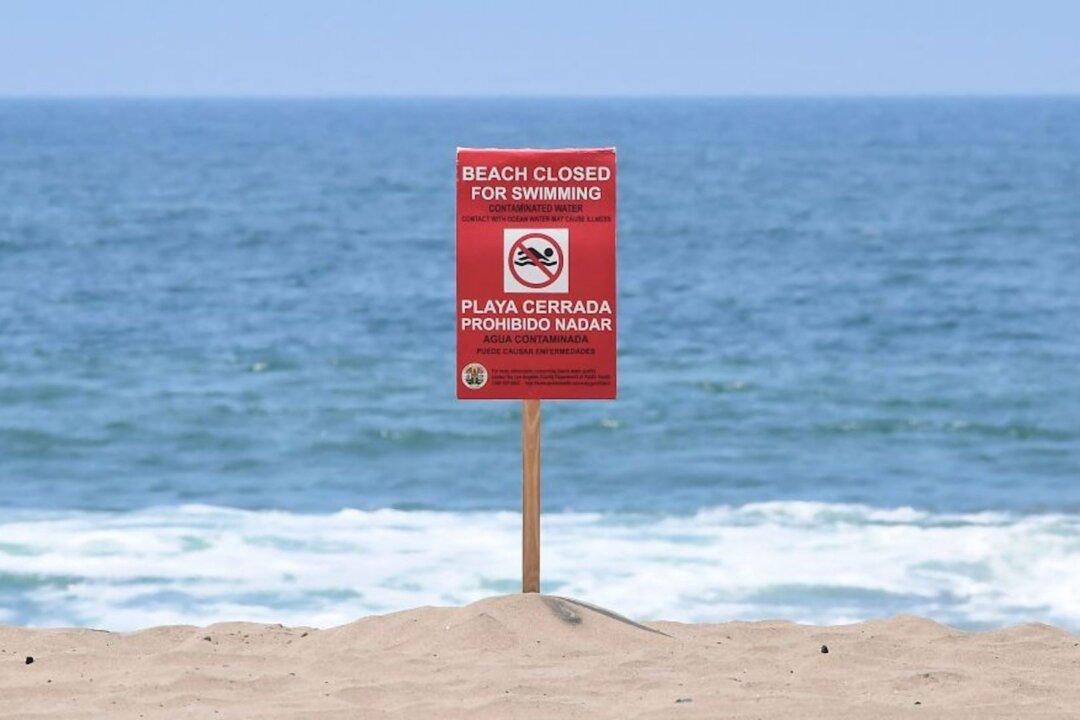Dozens of beaches across the United States were forced to close this month following reports of an increase in toxic bacteria contaminating the water.
An advisory against bathing at beaches in states nationwide, including California, New York, New Jersey, Ohio, Massachusetts, and Washington state was issued by health officials this month after they determined that swimming is potentially unsafe due to high levels of bacteria.





